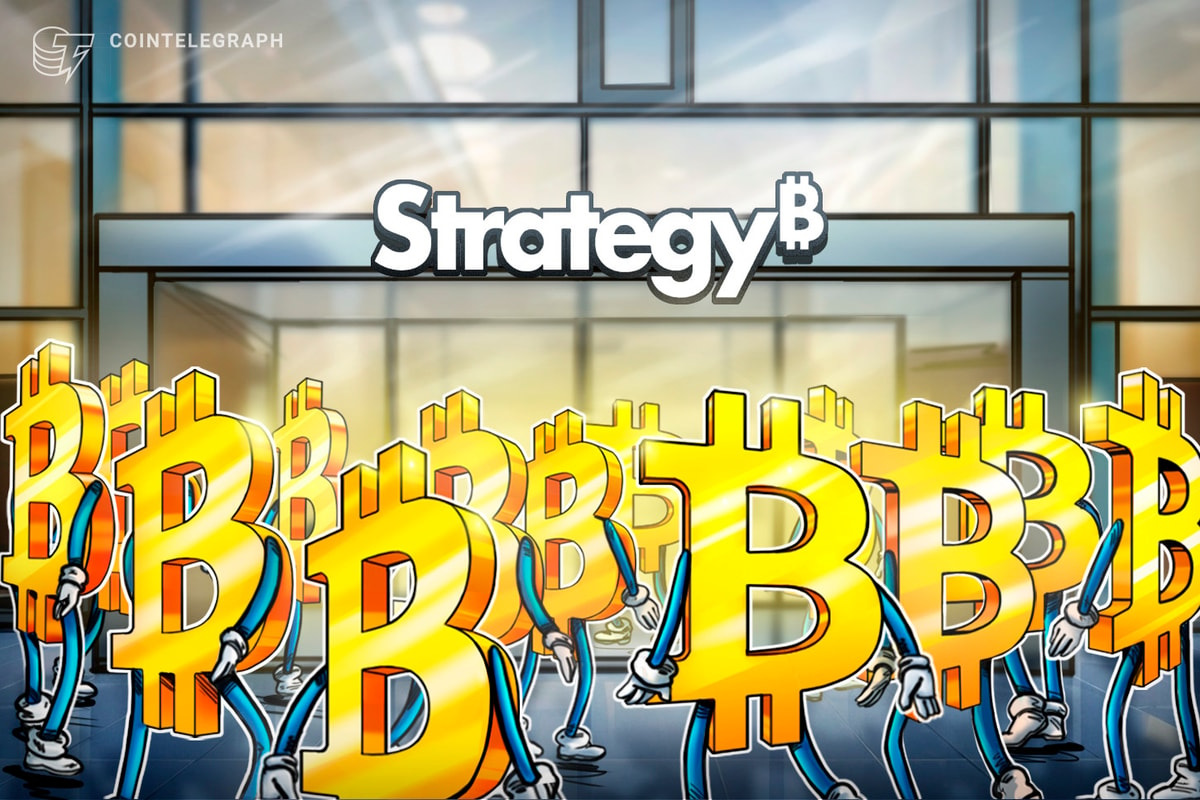While developers have long focused on the Ethereum network, the Bitcoin ecosystem is making a comeback, with several initiatives now aiming to innovate on the original blockchain.
Recent developments include the growing ties between Bitcoin and decentralized finance (DeFi), driving the demand for layer-2 protocols to unclog the Bitcoin blockchain and reduce transaction fees as on-chain activity soars.
Major players like Coinbase are also reviewing Bitcoin offerings. The crypto exchange finally added the Lightning Network as an alternative for users seeking to transfer Bitcoin (BTC), following Binance’s similar move nearly a year ago.
Meanwhile, software firm Animoca Brands has partnered with the Opal Foundation — a new Bitcoin ecosystem protocol — to enter the Bitcoin industry.
The introduction of Runes on the Bitcoin blockchain has ignited further buzz. The new token standard was launched on April 20, allowing fungible tokens to be created on the network. Rune transactions have added over 1,200 BTC worth of transaction fees to miners in less than 10 days.
This week’s Crypto Biz features the Lightning Network rollout on Coinbase, Avalanche integrating with Stripe, MicroStrategy earning results and a tokenized fund from BlackRock.
Avalanche integrates with Stripe for fiat-to-crypto onboarding
The Avalanche C-Chain network has integrated with payment firm Stripe, allowing verified Stripe users to buy Avalanche’s (AVAX) token and send it to their wallets, according to the network’s developer, Ava Labs. Eight Avalanche Web3 apps have also been integrated with the platform. According to the post, Avalanche app developers can now embed a customizable widget into their interfaces, allowing users to convert fiat to crypto via Stripe’s platform. The integration attempts to solve the “cold start problem” in Web3, the post stated, which occurs when “customers don’t have enough funds in their wallets to carry out transactions on the platform.” To solve this issue, Stripe will handle “all the KYC, payments, fraud, and compliance,” allowing the developer to focus on the app itself.

MicroStrategy Q1 net loss hits $53.1 million, but Bitcoin buying spree continues
MicroStrategy reported a net loss of $53.1 million in the first quarter of 2024, largely due to a $191.6 million impairment loss on digital assets, which was significantly higher than the previous year. The firm’s revenue also decreased by 5.5% to $115.2 million compared to the same period in 2023. Under traditional accounting methods, their Bitcoin holdings were valued at $5.07 billion but would have been marked at $15.2 billion if valued at fair market price, reflecting a 65% increase in Bitcoin’s value during the quarter. The company continued to acquire more Bitcoin in April, and it now holds 214,400 BTC worth $13.5 billion, bought at an average purchase price of $35,180.
BlackRock’s BUIDL becomes the world’s largest tokenized treasury fund
The BlackRock USD Institutional Digital Liquidity Fund (BUIDL) has become the largest treasury fund tokenized on the blockchain, overtaking Franklin Templeton’s similar fund. With a market cap of $375 million, BlackRock’s recently launched BUIDL fund has exceeded the $368 million market cap of the Franklin OnChain U.S. Government Money Fund (BENJI), which has been around for a year, according to data from Dune Analytics. Last week, BUIDL attracted $70 million, including a significant investment from Ondo Finance. During the same period, BENJI saw a 3.7% decrease in its assets under management. Across various blockchains, including Ethereum, Polygon and Solana, over $1.2 billion in U.S. Treasurys is now tokenized.
Coinbase integrates Lightning Network for Bitcoin transactions
Coinbase now supports the Bitcoin Lightning Network, offering users the option of transferring Bitcoin using Lightning or the Bitcoin network. Using the Lightning Network, Coinbase customers can transfer Bitcoin more quickly and cheaply than transactions on the Bitcoin blockchain. Transfers on Lightning are “instant,” in contrast to transfers on the Bitcoin network, which may take 10 minutes to two hours because of the limited number of transactions per second the Bitcoin network processes. To use the Lightning Network, the intended recipient sends an invoice consisting of a lengthy string of characters that Coinbase will recognize as the amount of the transfer. In some cases, Lightning transfers may take several hours or fail because of a unique implementation or fee structure, Coinbase warned on April 30.
Crypto Biz is your weekly pulse on the business behind blockchain and crypto, delivered directly to your inbox every Thursday.











